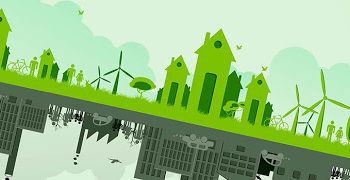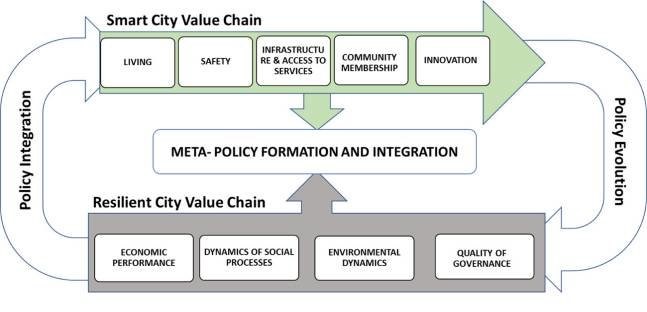
My REWATERGY Journey
The REWATERGY Project brought me back to two countries very familiar to me, Ireland and Spain, having lived in each of them at previous points in my life. Firstly, Cork was a city I was very familiar with having lived there to work with a pharmaceutical company in 2013, whilst I had previously lived in Malaga in the South of Spain as a child. Since graduating in 2015, I had a burning desire to get involved in work that I felt contributed real value to the society. At the time of applying for the REWATERGY project, I was particularly enthusiastic about renewable energies but the more I learnt about water scarcity and sanitation, the clearer its importance became and in turn, I ended up pursuing a project in this area.
Cork gave me the opportunity to learn about LED technology. I gained knowledge in lamp design, fabrication, and measurement. I have written a paper on this topic, currently under review for publication. I also used my time in Cork to design a small batch reactor to test the lamp’s ability to disinfect bacteria and viruses for my stint in Spain. Following Cork, I moved to Madrid to work in URJC’s water quality lab. This gave me the opportunity to learn microbiological techniques to follow disinfection of bacteria and viruses. Additionally, the opportunity to live in Madrid was very special. This was a city I had never considered visiting let alone living in and it turned out to be one of the best experiences of my life, making some great friends along the way.
At this stage of the project, I am now writing papers and my thesis from Northern Ireland. The writing process is challenging as it requires patience and discipline to complete a PhD thesis. I’m happy to be back in Ireland but do miss the lifestyle and work I have left behind in Madrid.



